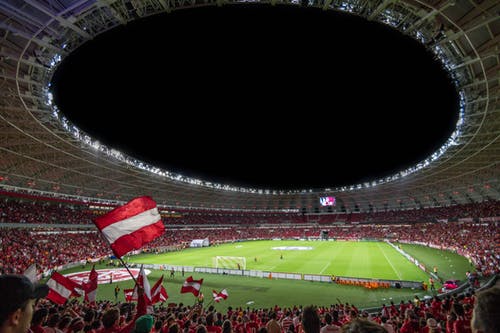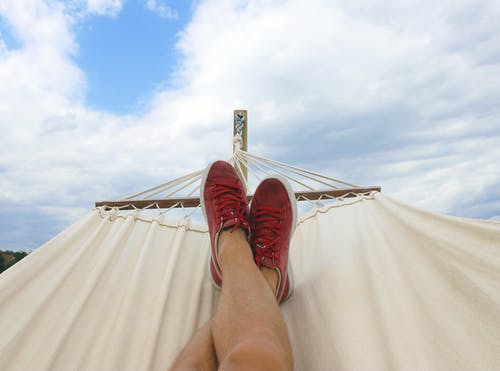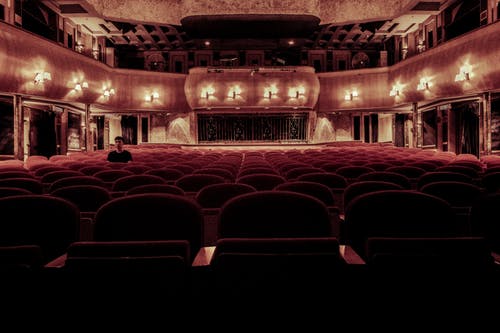Motivating Staff Members: Cash Is Not King
Recently, MSA President Susan Tudor asked for suggestions from other MSA members on ShopTalk for ideas that would help motivate employees to convert visitors to members. I replied to Susan in a private message, and she appreciated the suggestions so much, she encouraged me to share the information in a blog post.
In a past life, I designed incentive programs for the corporate world. Some of the main “rewards” I provided were weekend family getaways (no timeshares involved). I worked with businesses to move big ticket items, like opening a $25,000 home equity line of credit for banks and credit unions or construction-related wholesalers like electrical, plumbing or HVAC dealers to incentivize customers (i.e., contractors) to spend a certain amount during a specific period of time (usually 90 days). These are just two examples of the businesses I worked with. I always advocated for including employees in the program and gave suggestions on how to incorporate incentives for them.

Businesses traditionally give cash incentives, especially in the sales world. However, usually the cash gets used to pay for everyday expenses like groceries or a dentist bill. Therefore, it just goes away with no memories attached to the reward. A weekend getaway produces memories of a happy time together — usually with pictures and souvenirs from the destination, not to mention Facebook and Instagram posts. They also remember how they earned the reward!
With so much to see and do in your area, you could use things like dinner for two at a fine restaurant, tickets to a concert, theater, or sporting event of their choice or any number of wonderful experiences in the area. You could award individuals or put employees together in teams, which is an effective way for the team members to motivate each other. You know your own staff and what they would see as a delightful and motivating event.

To help your employees recruit, give them free passes to the museum, but create a special pass named “Get to Know the Museum” or some other title that sets it apart. It would give the visitor a choice of dropping in during normal hours or an option to book a special guided tour in advance with a docent so they can become acquainted with other services or events at the museum. Perhaps give those who tour a goody bag or maybe even a discount card good for purchases made on the next for Museum Store Sunday.

I wrote a white paper at the time, and I will highlight some of the statistics. If anyone wants a full copy which references the studies behind the statistics, I’m happy to share it:
- Tangible incentives dramatically increase work performance by an average of 22%.
- Incentive programs aimed at individuals increased performance a substantial 27%.
- Moreover, programs aimed at teams increase performance a stunning 45%.
- Incentive programs have an equal, positive impact on both quality and quantity goals.
- Incentive programs structured with employee input work best; however, only 23% of incentive systems are selected with employee input.
- Long-term incentives are more powerful than short-term incentives (44%gain for programs beyond a year versus a 20% gain for programs less than one month).

So, reward them with experiences — anything but cash. The concept parallels why we have museum gift stores. As Julie Steiner so aptly put it in her blog post “What Is a Museum Store?” on September 25, 2017, “The magic [is what] happens when a guest finds the perfect thing to carry out, just the right object for them that will connect their long-term memory back to this experience.”

Susan Saylor is CEO of Scarves for the Arts, a division of National Promotions. Her career began in advertising and marketing and evolved to executive sales and marketing. Her lifelong interest in the arts and concern for on-going funding challenges for many arts and nonprofit organizations led her to create Scarves for the Arts in 2016. She became an MSA vendor member in 2017.
